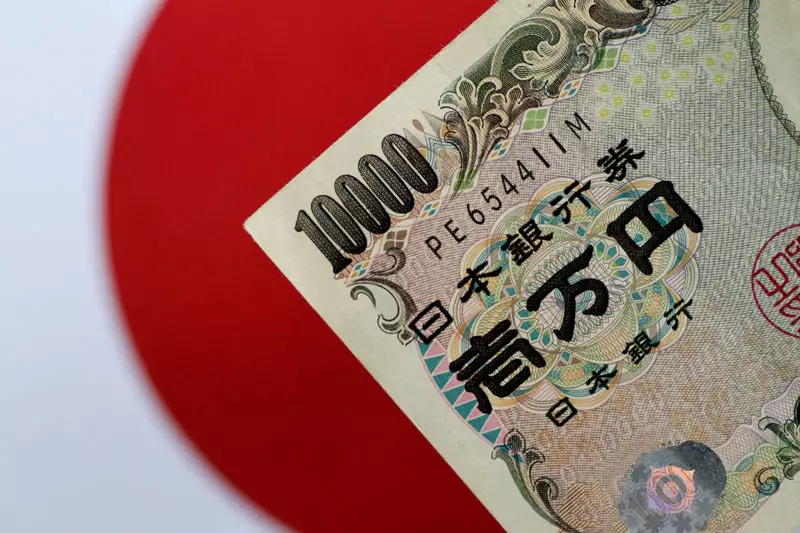In recent months, the Japanese yen has displayed remarkable resilience against a backdrop of fluctuating global markets. Following a period of weakness, the currency has staged a significant recovery, largely attributed to a confluence of factors such as the Bank of Japan’s (BOJ) hawkish stance, a softening of the US dollar, and the unwinding of carry trades that had previously put downward pressure on the yen. Current analyses indicate that the ongoing recovery may have some staying power, as attractive valuations in Japanese assets become more appealing to foreign investors.
BCA Research’s recent evaluation suggests that the yen is entering a phase of “high-conviction” buying opportunities. While the BOJ is anticipated to maintain its current interest rates, the implications of a “dovish hold” could serve as a strategic entry point for investors looking to accumulate yen assets. Conversely, an unexpected rate hike could serve as a catalyst for further strengthening the currency. The improvement in Japan’s economic indicators, notably rising wages, underscores a growing consumer confidence that is expected to bolster private consumption in the near future.
The Bank of Japan’s transition from a prolonged easing cycle towards a more balanced monetary approach signifies its responsiveness to emerging economic conditions. Japan is at a delicate crossroads; should it sustain this elevation in private consumption and inflation, particularly as the Federal Reserve transitions into an easing cycle, the interest rate differentials may favor the yen in the longer term, especially if a global recession looms.
Despite the BOJ’s cautious approach to raising interest rates in light of potential leadership changes within the government, indications suggest that further monetary tightening could occur by late 2024 or early 2025. BCA anticipates an uptick in Japanese inflation, aligning with BOJ forecasts, which would provide the central bank with greater latitude in its interest rate decisions. Unlike the prevalent economic speculation that such rate hikes would adversely affect Japan’s economy, BCA posits that they may, in fact, enhance economic stability and growth.
However, while the yen is forecasted to thrive in an environment characterized by higher interest rates, it’s crucial to maintain a cautious outlook on Japanese equities. BCA adopts a more ambivalent stance, labeling the equity market as “structurally neutral.” This cautious assessment suggests potential headwinds created by a stronger yen, which can detract from the competitiveness of Japanese exports and might complicate corporate governance reforms, leading to diminished investor enthusiasm.
The Japanese yen’s trajectory appears promising as investor sentiment gravitates toward its stability amidst changing monetary policies globally. The confidence imbued by the BOJ’s actions coupled with favorable economic indicators positions it as a currency worth watching. While Japanese equities pose a more complex picture, the yen itself might just be emerging as a beacon of resilience in a turbulent economic landscape. Investors and analysts would be wise to keep a close eye on further developments in fiscal policies and how they may influence both the currency and the equity markets moving forward.

